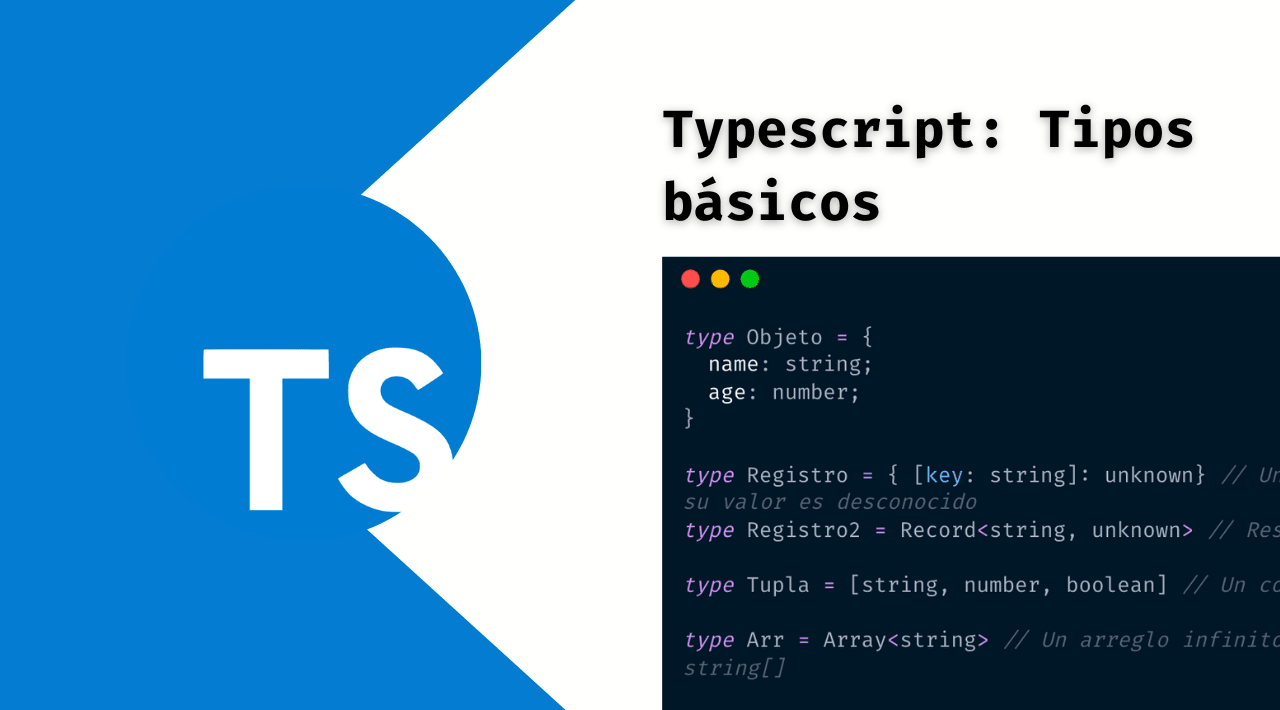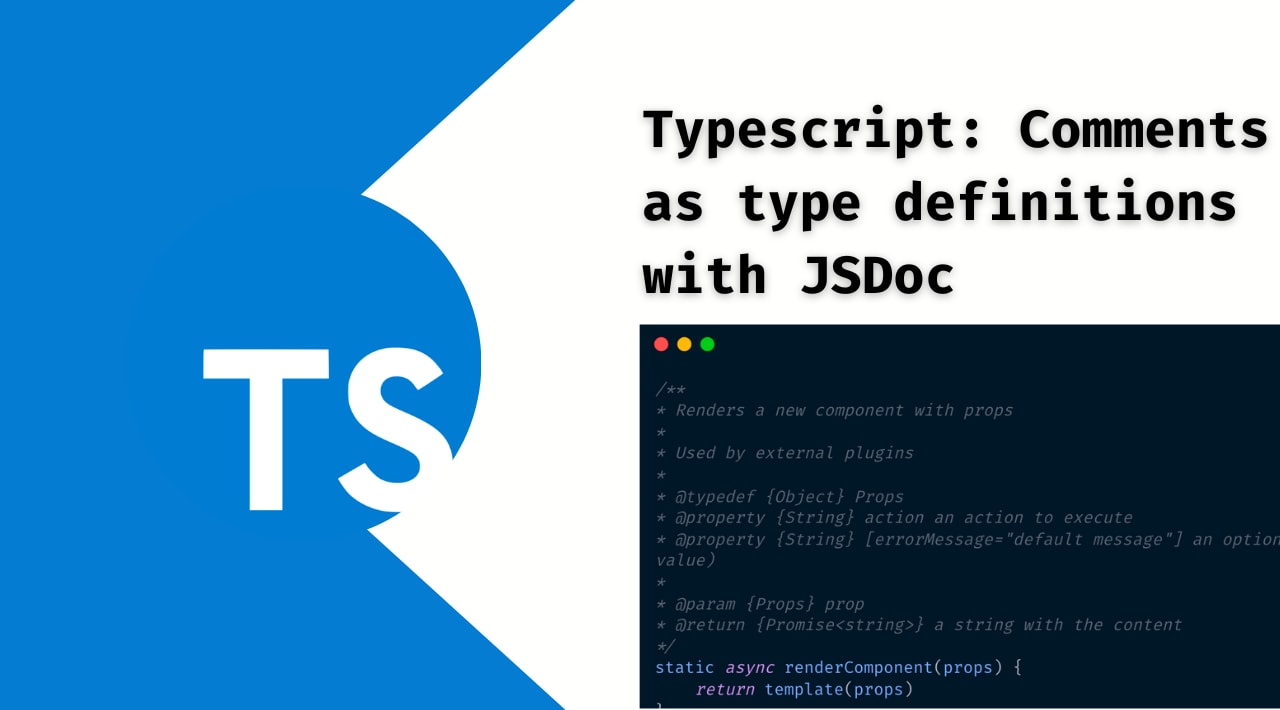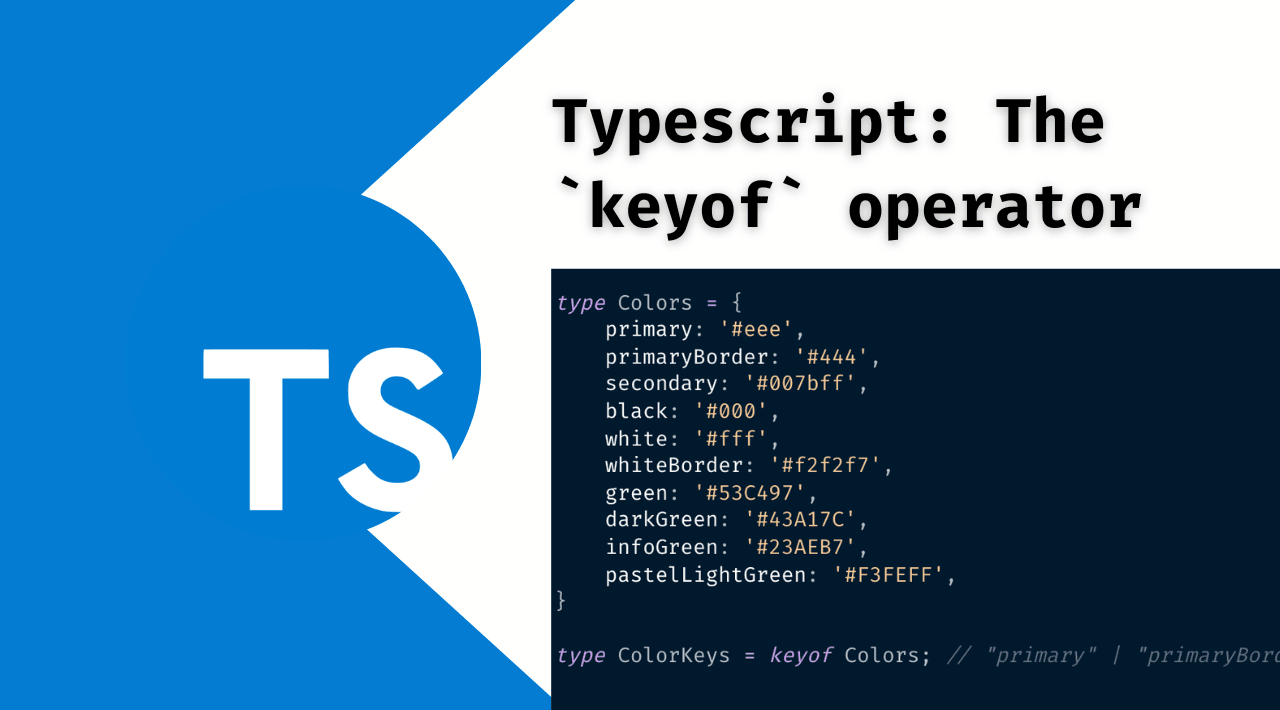If you’re reading this, it is safe to assume that you can write type annotations for your application code. You can create object types, unions, and intersections and use the basic types available.
In this article, we’ll review how to perform type transformations using some of the native utility types.
sponsor

Tu producto o servicio podría estar aquí
Why type transformations
Most of our tasks are to take some data to transform that into another shape to be displayed or consumed by other functions, services, or UI. In other words, our day-to-day work is about data transformation. Typescript’s goal is to model your data needs. Therefore, Typescript can also model or adapt to the data transformation needs by transforming one type into another.
Most type transformation tasks can be performed using built-in utility types like the ones we’ll review here.
One important note to remember. Types in Typescript are just data. We know that Typescript is a superset of Javascript, meaning that every Javascript code is also valid Typescript code. Still, this article focuses on type level programming, so we will review how to use the type system language to transform the data.
Create a Union from Object keys
This is the process of taking all the names of the properties of an object to create a union, like the following snippet.
type State = {
openModal: boolean;
entity: {
id: string;
name: string;
}
}
type Properties = 'openModal' | 'entity'
How can you “read” the properties’ names from the object?
This is where the keyof operator comes into play.
type State = {
openModal: boolean;
entity: {
id: string;
name: string;
}
}
type Properties = keyof State
The keyof operator is an essential concept for data transformations, is somehow a reflection of the runtime Object.keys method from Javascript into the type world.
The goal of keyof is to retrieve all property names from an object type. This retrieval will create a union of all the possible values in a “literal string” fashion.
Parameters and ReturnType
Sometimes you use a library that provides the types for all functions but only the return type.
You want to know the arguments of that function to, for example, re-use them or re-create them in another place of your code. How can you extract the function arguments?
function someFunction(arg1, boolean, arg2: Record<string, unknown>) {
}
type SomeFunctionArgs = Parameters<typeof someFunction> // [arg1: boolean, arg2: Record<string, unknown>]
To accomplish your goal, you will use the Parameters type utility provided by Typescript itself. This utility type accepts a function type and returns a tuple with all of the arguments of that function, in this case, [arg1: boolean, arg2: Record<string, unknown>].
With that in hand, you can re-use the SomeFunctionArgs type to perform your operations, like accessing only the second argument.
type TheObj = SomeFunctionArgs[1] // Record<string, unknown>
This utility type is beneficial to work with code you don’t own, like a 3rd party library.
In a similar place but working in the other part of the spectrum, you have ReturnType that, as the name implies, will retrieve the type of the return value of a function.
function someFn() {
return [1,2,3]
}
type ReturnSomeFn = ReturnType<typeof someFn> // number[]
function someFn2() {
return {
a: true,
b: 123,
c: {
s: "some string"
}
}
}
type ReturnSomeFn2 = ReturnType<typeof someFn2> // { a:boolean, b: number, c: { s: string }}
sponsor

Tu producto o servicio podría estar aquí
Omit and Exclude
Omit and Exclude are kind of similar. They accomplish the goal of removing data from a type but in different ways.
Omit will allow you to declare what key you don’t want to get from a type.
Exclude will allow you to remove an element from a union.
type State = {
openModal: boolean;
entity: {
id: string;
name: string;
},
moreData: number
}
type NoMoreData = Omit<State, 'moreData'> // { openModal: boolean, entity: { id: string, name: string}}
type Properties = keyof State // "openModal" | "entity" | "moreData"
type NoEntityUnion = Exclude<Properties, "entity"> // "openModal" | "moreData"
TLDR; Use Omit to work with object-like type and use Exclude to operate over unions.
Pick and Extract
On the other hand, you can find these two utility types.
Pick can be seen as the opposite of Omit. It lets you choose what key of an object-like type you want and remove the rest.
Extract will allow you to retrieve the chosen element from a union. It is similar to the Javascript Array.filter, where you pass a condition, and the ones that pass the condition are chosen to be in the final type.
type State = {
openModal: boolean;
entity: {
id: string;
name: string;
},
moreData: number
}
type MoreDataT = Pick<State, 'moreData'> // { moreData: number}
type Letters = { letter: 'a', value: 3} | { letter: 'b', value: 100 }
type LetterA = Extract<Letters, { letter: 'a'}> // { letter: 'a', value: 3}
Summary
Typescripts ship with a good set of utility types that will help you with almost all of the data transformation requirements of a standard application development process. Learning how and when to use them will help you move faster and better develop type-safe code.
😃 Thanks for reading!
Did you like the content? Found more content like this by joining to the Newsletter or following me on Twitter



